Being a new arrival to Wildlife Direct, we thought we would start by introducing some of our key staff, as they will be contributing blogs in the future. However, after the week just gone, another idea presented itself; we have had a few adventures with our guard posts!
To put it all in context, it helps to know why and where we have guard posts. Here in southern Borneo, the terrain is very low-lying and dominated by peat swamp. There are very few roads anywhere, and access into the swamps is always by river. Therefore, if you control river mouths you can protect the interior swamps from loggers and hunters and that is why we have guard posts on the major rivers into Tanjung Puting National Park and the Lamandau Wildlife Reserve. The posts are operated in conjunction with the relevant forestry officials (Park staff for Tanjung Puting or ‘BKSDA’ staff in Lamandau).

All the posts have solar power, radios, sleeping rooms, a kitchen and toilet. In an effort to reduce the amount of wood we consume, we no longer use iron wood shingles for the roof and all recent posts have been made from what we call “thin cement”, where cement is plastered over tightly stretched chicken wire in a modern version of daubing. The added advantage of cement is it is cooler. Really, the posts are quite comfortable.
Unless they are flooded….
Our newest post was built by a team of exceptionally hard working volunteers led by Vicky Dauncey (more from her later). The post was sited on a river called the Mankong, on the north east edge of Lamandau. Upstream from the post we plan to build an orangutan release camp – despite being previously commercially and illegally logged the forest there is beautiful. It is a perfect site for orangutan rehabilitation. But best, the camp is built on stilts!
The Mankong has risen a staggering eight metres! When the volunteers were building it, I worried it was dangerously high – if someone fell off the veranda they would have fallen three metres onto the river bank, with the water level being a further three meters below that. There’s no danger of falling off now – you can swim into the post.
The rainy season has well and truly started but rainfall has not been exceptional. Yet the main Lamandau River, of which the Mankong is a tributary, has started to flood. About a quarter of the town of Pangkalan Bun, where our offices are based, has flooded and the water is now just 10cm below the window sills on the Mangkong Guard Post. The guard post staff are sleeping on a (hastily erected!) platform or even in a canoe. The expression “canny weather for ducks” doesn’t quite capture the sense of it when you know there are crocodiles in the water!
Jak, our Patrol Manager, is dealing with that one – basically by sending sympathetic comments over the radio and relaying positive weather forecasts to the post staff, who I must say are taking it with remarkably good humour. Indeed, rather better than me on Thursday’s trip to Tanjung Puting National Park (TPNP), some 40 km east of Lamandau.
To get to our guard posts on the Buluh Kecil and Buluh Besar rivers (Little and Big Bamboo Rivers) in TPNP you have to cross the sea. Normally, the sea is calm in the morning but choppy around midday and in the afternoon. We left later than planned. We had to buy a lot of supplies for the posts and, because we are recruiting a new supervisor, we wanted to take him with us to meet our suppliers.
The journey was brutal. We did not get away until around 10 am by which time a westerly breeze had picked up. Westerlies are bad because they come straight across the open sea, kicking up the waves. Speedboats tend to slam into waves when it is choppy making for an uncomfortable journey anyway, but when the waves are coming from the west they are side on, meaning you have to zig-zag to stop from being rocked. When the waves are big and from the west, they break over the boat. And that’s what we faced on Thursday.
All round it was less than fun. We were drenched. The journey took an hour longer than it usually does and the engine stalled when we were swamped. That is bad enough, but imagine if this is the first time you have been to the posts and you are on a “look-see”/job interview….
Fortunately, the new supervisor took the job!









